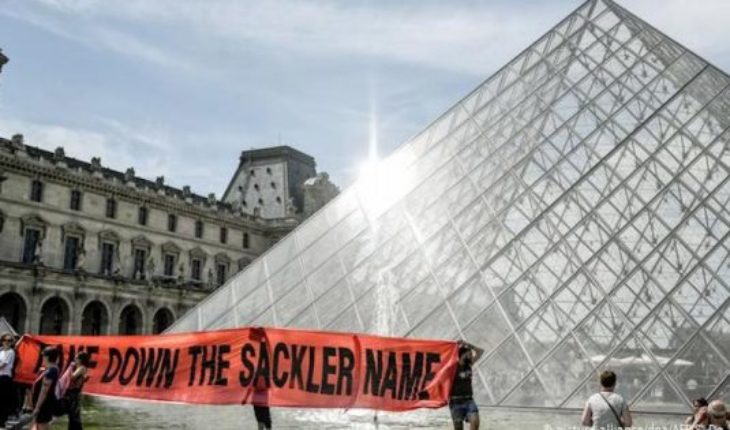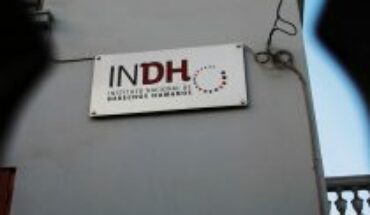The Moorish-Austrian writer Marie von Ebner-Eschenbach put the dilemma on the table: “There would be much less evil in the if evil could never do things in the name of good.” His phrase now rises like a sword of Damocles over the world’s great museums, receiving high donations from controversial patrons, such as the pharmaceutical, arms and oil industries. In the United States and the United Kingdom, the protests were raging.
The Sacklers and the Louvre
The surname Sackler has been decorated for decades on the walls of museums, universities and institutions. Specifically in 1997, the Sacklers gave the Louvre about 10 million francs. The famous Parisian museum, in gratitude, named several of its halls with the surname of this family of millionaires. The Sacklers’ fortune comes from Purdue Pharma, a pharmaceutical consortium that manufactures the Oxycontin painkiller, of which the family is a majority partner. It is a very addictive drug, which is responsible in the United States for the opioid crisis.
A group of activists have been protesting for months against the consortium’s financial fabrics with a number of renowned cultural institutions. The Metropolitan Museum and the Guggenheim Museum in New York, as well as the Tate Modern in London, were already annoyed last March 2019 that they rescinded their collaboration with this family. The Louvre went further and removed the panels with the name “Sackler” from the building. Where withdrawal was not possible, the surname was proceeded.
Nan Goldin leads the protest
American photographer Nan Goldin is on the cusp of the protest. According to Goldin, she managed to escape the deadly addiction herself. Before an operation, she was prescribed Oxycontin and became practically addicted. In the course of a short time, her daily dose was sextuteed from the initial 3 pills to 18 daily. Goldin now demands that the Sackler family no longer invest its fortune in museums but in the victims of the opioid crisis and their associates.
The Sackler scandal is one of the most spectacular when it comes to controversial patronage, but it is not the only one. There’s also Warren Kanders, who makes money from tear gas that is then used against migrants on the U.S.-Mexico border. In addition, Kandler’s Safariland consortium could also be involved in other global conflicts. For this reason, several artists have withdrawn their works from the Whitney Biennacon, which has been open since last May 2019.
Christo’s execrable patron
There is also no shortage of such conflicts in Europe. The British Museum in London, one of the most important in the world, is under pressure. Climate activists are calling on the management of the London institution to terminate its patronage contract with the British oil company BP. There were also critical voices at the 2017 Venice Biennale against the patronage of the Italian arms consortium Beretta, which in 2016 made its private island available to the project “Floating Docks” of the artist Christo. “Museum leaders should watch carefully with who they relate to,” says Andreas Hanser, a patronage historian and expert. “They should not be abused by the money of companies that want to improve their image.” But Hanser believes that, broadly speaking, patronage is not a bad thing and will continue to occupy an important place in the promotion of culture.
translated from Spanish: Oxycontin case, the Sacklers and the Louvre: Art no longer wants unscrupulous patrons
July 25, 2019 |





